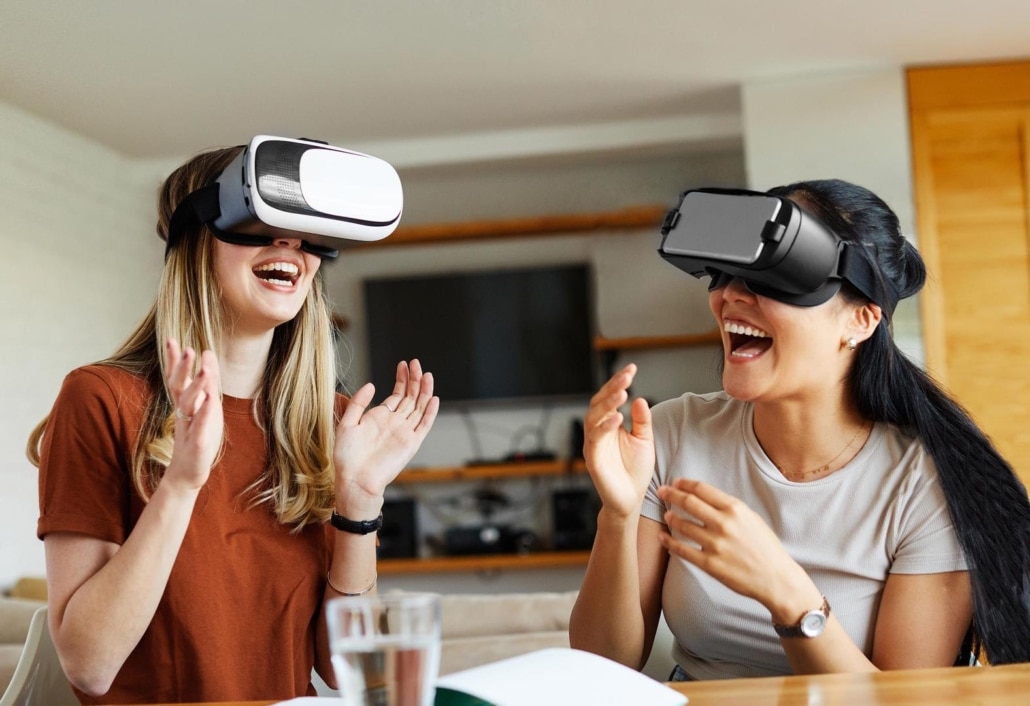Tourism Innovation: How Technology is Shaping the Future of Travel

The tourism industry has always been at the forefront of adopting new technology, seeking ways to enhance and streamline the travel experience. As we continue to dive deeper into the digital age, the scope of technological innovation in tourism has expanded exponentially. This article explores some of the latest developments in technology that are shaping the future of travel, offering more personalized, convenient, and immersive experiences for tourists around the world.
- Virtual Reality (VR) and Augmented Reality (AR)
One of the most significant technological advances in recent years is the integration of VR and AR into the tourism industry. These immersive technologies allow travelers to explore destinations and attractions from the comfort of their homes, offering a new way to research and plan trips (Guttentag, 2010). VR and AR are also transforming on-site experiences, with attractions and museums providing visitors with interactive and educational content through the use of smart glasses and mobile devices (Yung & Khoo-Lattimore, 2019).
- Artificial Intelligence (AI) and Machine Learning
AI and machine learning have become indispensable tools in the tourism industry. These technologies enable the creation of personalized itineraries, recommendations, and travel experiences tailored to individual preferences (Li, Wang, Liang, & Huang, 2018). AI-powered chatbots and virtual assistants have also made customer service more efficient, providing instant and accurate answers to travelers’ questions (Gretzel, 2011).
- Internet of Things (IoT)
The IoT is revolutionizing the tourism industry by connecting devices, systems, and services to create seamless travel experiences (Delen, Kuzey, & Uyar, 2018). Smart luggage with built-in tracking systems, smart hotel rooms with voice-activated controls, and connected transportation services are just a few examples of how IoT is enhancing the travel experience (Bujoreanu, 2017).
- Biometric Technology
Biometric technology is becoming increasingly prevalent in airports and other travel-related facilities, as it allows for faster and more secure identification and authentication of travelers (Morphis, 2016). Facial recognition, fingerprint scanners, and iris recognition systems are being used to expedite immigration and customs processes, as well as to enhance security measures (Bagaric & Xynas, 2017).
- Sustainable Travel Technologies
As the tourism industry faces growing concerns about its environmental impact, sustainable travel technologies are emerging to help address these issues (Bieger, Wittmer, & Laesser, 2017). Electric and hybrid transportation options, solar-powered accommodation facilities, and innovative waste management solutions are just a few examples of the technologies being implemented to reduce the industry’s carbon footprint (Pantano, Pizzi, Scarpi, & Dennis, 2017).
Conclusion
The ongoing integration of technology into the tourism industry is reshaping the way we travel, offering more personalized, convenient, and immersive experiences. With constant innovations in virtual reality, artificial intelligence, the Internet of Things, biometric technology, and sustainable travel solutions, the future of travel is undoubtedly an exciting one. As these technologies continue to advance, they will play an increasingly important role in driving the growth and evolution of the tourism industry, ultimately shaping a more connected and sustainable world.
Bibliography
Bagaric, M., & Xynas, L. (2017). Migration and human rights in the era of biometric identification: The case for privacy-enhancing migration controls. International Migration, 55(6), 97-110.
Bieger, T., Wittmer, A., & Laesser, C. (2017). Transportation mode and travel behavior: A study on the role of electric and autonomous vehicles. Journal of Sustainable Tourism, 25(6), 811-828.
Bujoreanu, I. C. (2017). Internet of things and smart tourism development. Valahian Journal of Economic Studies, 8(2), 41-46.
Delen, D., Kuzey, C., & Uyar, A. (2018). The impact of the Internet of Things on the tourism industry: An exploratory study. Journal of Hospitality and Tourism Technology, 9(3), 286-300.
Gretzel, U. (2011). Intelligent systems in tourism: A social science perspective. Annals of Tourism Research, 38(3), 757-779.
Guttentag, D. (2010). Virtual reality: Applications and implications for tourism. Tourism Management, 31(5), 637-651.
Li, X., Wang, D., Liang, X., & Huang, D. (2018). A personalized travel recommendation algorithm based on collaborative filtering and time-aware POI visit probability. Journal of Destination Marketing & Management, 8, 206-215.
Morphis, A. (2016). Biometrics and international travel. Journal of Airport Management, 10(3), 271-279.
Pantano, E., Pizzi, G., Scarpi, D., & Dennis, C. (2017). Competing through responsible innovation: The case of the travel industry. Journal of Business Research, 77, 139-148.
Rossi A., (2022) “Comunicazione Digltale per il Turismo”, Rossi A., 2022, ISBN 9791221004175
Yung, R., & Khoo-Lattimore, C. (2019). New realities: A systematic literature review on virtual reality and augmented reality in tourism research. Current Issues in Tourism, 22(17), 2056-2081
TourismInnovation, #FutureOfTravel, #TravelTech, #VirtualReality, #ArtificialIntelligence, #IoTinTravel, #BiometricTechnology, #SustainableTravel, #SmartTourism, #TravelTrends

Leave a Reply
Want to join the discussion?Feel free to contribute!